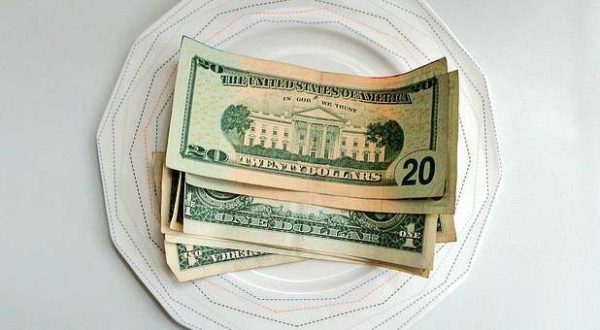Earlier this week I wrote about focusing your fundraising to individual donors on what their gift will make possible, not on how your organization does its work.
This advice immediately causes consternation for some organizations, particularly community foundations and what we might call “middleman organizations” that raise funds primarily to help other organizations.
For instance, I recently emailed with a woman who works for a local nonprofit that a) raises money to pay for the admin costs and staffing of a national program that runs in her state, and b) that national program engages the local community to c) utilize support provided by other nonprofits.
Local foundations and organizations like the one above will say things like, “Well, we can’t tell donors that their gift will do anything specific because we don’t do the work. We just make it possible for other nonprofits to provide their services.”
However, I believe community foundations and middleman organizations can absolutely tell donors that their gift will make specific services happen.
I think what happens is that these nonprofits get too caught up in the difference between “what we do” and “what we make possible.”
As I wrote last week, individual donors are much more interested in what your organization makes happen than they are in exactly how your organization makes it happen.
There are lots of instances of this being true and completely above board. For instance, international relief & development organizations usually have local/indigenous partners who “do the work” of feeding children, providing education, digging wells, etc.
Medical research charities often outsource significant portions of their work, from bloodwork to testing to actually working with patients.
My recommendation: don’t artificially limit what you say in your fundraising based on a belief that donors only fund your activities (how you do your work). In our experience, donors tend to be more motivated by the outcomes your organization creates – what your work makes possible.
Your organization can absolutely make clear asks around providing specific services, even if those services are provided by another nonprofit/entity, as long as the donor’s gift provides funding that makes those services possible.









